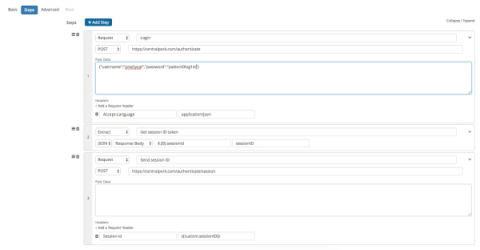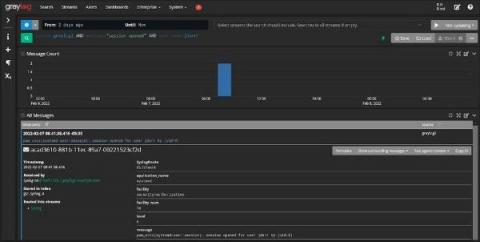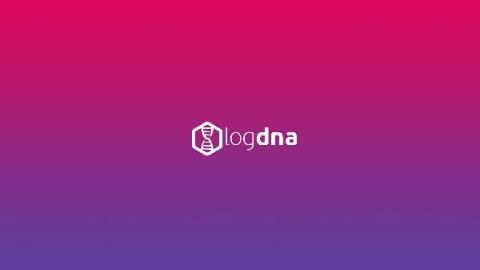Webinar Recap: Launching Cribl Edge
Last week, Cribl launched the latest component of its observability architecture: Cribl Edge. ICYMI, Cribl Edge is a next generation observability data collector that greatly simplifies gathering your metrics, events, and logs. Edge incorporates all of the capabilities of Cribl Stream’s workers, allowing you to route, redact, filter, and enrich data directly from the source. Why is this important?











